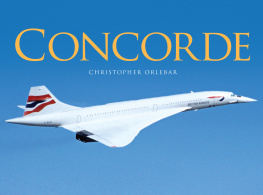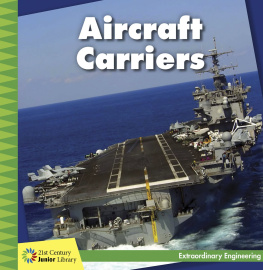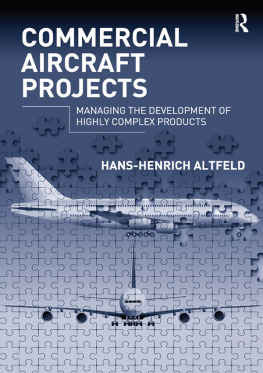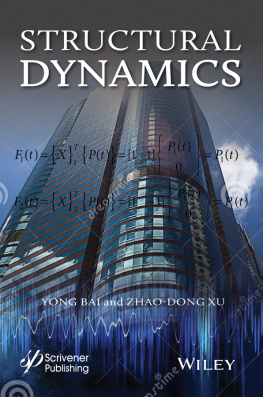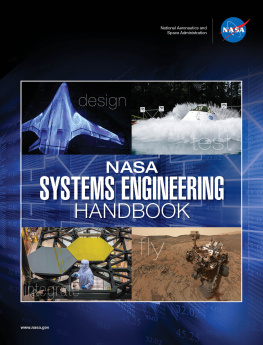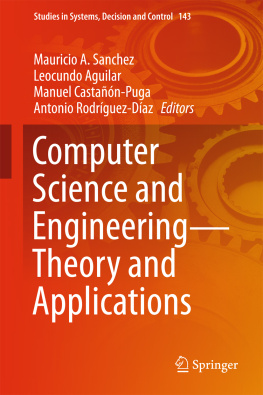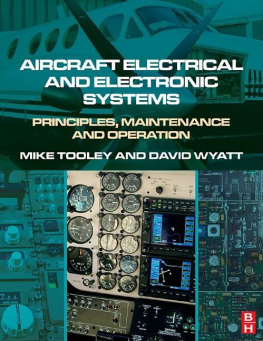SYSTEMS ENGINEERING FOR COMMERCIAL AIRCRAFT
Note: The above quotation is included for its applicability to systems theory and not for any theological reason.
Systems Engineering for Commercial Aircraft
A Domain-Specific Adaptation
Second Edition
SCOTT JACKSON
University of Southern California and
Burnham Systems Consulting, USA
ASHGATE
Scott Jackson 2015
All rights reserved. No part of this publication may be reproduced, stored in a retrieval system or transmitted in any form or by any means, electronic, mechanical, photocopying, recording or otherwise without the prior permission of the publisher.
Scott Jackson has asserted his right under the Copyright, Designs and Patents Act, 1988, to be identified as the author of this work.
Published by
Ashgate Publishing Limited
Wey Court East
Union Road
Farnham
Surrey, GU9 7PT
England
Ashgate Publishing Company
110 Cherry Street
Suite 3-1
Burlington, VT 05401-3818
USA
www.ashgate.com
British Library Cataloguing in Publication Data
A catalogue record for this book is available from the British Library
The Library of Congress has cataloged the printed edition as follows:
Jackson, Scott, author.
Systems engineering for commercial aircraft : a domain-specific adaptation / by Scott
Jackson.
pages cm
Second, revised edition of: 1997.
Summary: Explains the principles of systems engineering in simple, understandable terms and describes to engineers and managers how these principles would be applied to the development of commercial aircraft--Provided by publisher.
Includes bibliographical references and index.
ISBN 978-1-4724-3921-5 (hardback) -- ISBN 978-1-4724-3922-2 (ebook) -- ISBN 978-1-4724-3923-9 (epub) 1. Aeronautics--Systems engineering. 2. Transport planes--Design and construction. I. Title.
TL671.2.J18 2015
629.135--dc23
2014039548
ISBN: 978-1-4724-3921-5 (hbk)
ISBN: 978-1-4724-3922-2 (ebk-PDF)
ISBN: 978-1-4724-3923-9 (ePub-ePUB)
Contents
List of Figures
List of Tables
Acknowledgments
For the first edition, I continue to be grateful to Jim Kehres who, in about 1963, advised me to learn more about systems engineering. I am also especially grateful to Gary Burgess who, at the Douglas Aircraft division of McDonnell Douglas, saw the need for systems engineering in commercial aircraft. The following people were especially helpful in the preparation of this book: First, Tom Nagle and Archie Vickers were helpful for their overall knowledge of the systems engineering process. In addition, the following people contributed much: Gary Bartz, certification; Peter Camacho, top-level sizing of aircraft; Darlene Carpenter, electrical; Madrona Geisert, interior systems; Fred Gray, propulsion; Stu Hann, safety and reliability; Don Hanson, aircraft development; Brian Keeley, airframe; Dr Noreen McQuinn, human factors; Christine Ostrowski, maintainability; Mo Piper, avionics and software; Bob Rich, functional analysis; Todd Strong, mechanical systems; Matt Vance, QFD; Steve Wiles, environmental control; and Beth Clark, integration and life-cycle analysis. Finally, my wife Carole provided invaluable advice regarding syntax, diction, and organization.
For the second edition I am indebted to Jim Hines for further insight into functional analysis; John Hart-Smith, composite structures; Ashok Jain for the supplier perspective; Derek Hitchins for systems theory and cluster analysis; Ed Conrow for risk management; Tim Ferris for assistance with resilience analysis; Wellington Oliveira for the regional jet perspective; and Karin Mayer for help with grammar, spelling, and diction.
Acronyms and Abbreviations
|
|---|
|
Term | Definition |
|
AC | Advisory circular |
AC | Alternating current |
ACARS | ARINC communication addressing reporting system |
ADI | Attitude direction indicator |
AFM | Airplane flight manual |
AIT | Analysis and integration team |
ALAR | Approach and landing accident reduction |
APU | Auxiliary power unit |
ARINC | Aeronautical Radio Incorporated |
ARP | Aerospace recommended practice (SAE) |
ASA | Airplane state awareness |
ASAP | Aviation safety action plan |
ATA | Air Transport Association of America |
ATC | Air traffic control |
AVOID | Airborne volcanic object identifier and detector |
BCD | Baseline concept document |
BFE | Buyer furnished equipment |
BITE | Built-in test equipment |
BWB | Blended wing-body |
CAST | Commercial Aviation Safety Team |
CCA | Common cause analysis |
CDE | Chief design engineer |
CDR | Critical design review |
CEO | Chief executive officer |
CFD | Computational fluid dynamics |
CFIT | Controlled flight into terrain |
CM | Configuration management |
CMR | Certification maintenance requirement |
CONOPS | Concept of operations |
COTS | Commercial off-the-shelf products |
c.p. | Center of pressure |
CRM | Cockpit (or crew) resource management |
CSD | Central speed drive |
CSE | Chief systems engineer |
DC | Direct current |
DCAS | Digital core avionics system |
DF | Development fixture |
DFMA | Design for manufacture and assembly |
DME | Distance measurement equipment |
DOC | Direct operating cost |
DOORS | Dynamic Object-Oriented Requirement System |
DOS | Director of safety |
ECS | Environmental control system (or subsystem) |
EDF | Electronic development fixture |
ELB | Emergency locator beacon |
ELT | Emergency locator transmitter |
EMI | Electro-magnetic interference |
ESE | Enterprise systems engineering |
ESR | Engineering safety review |
EWO | Engineering work order |
FAA | Federal Aviation Administration |
FAR | Federal aviation regulation |
FBL | Fly-by-light |
FBW | |
Next page







